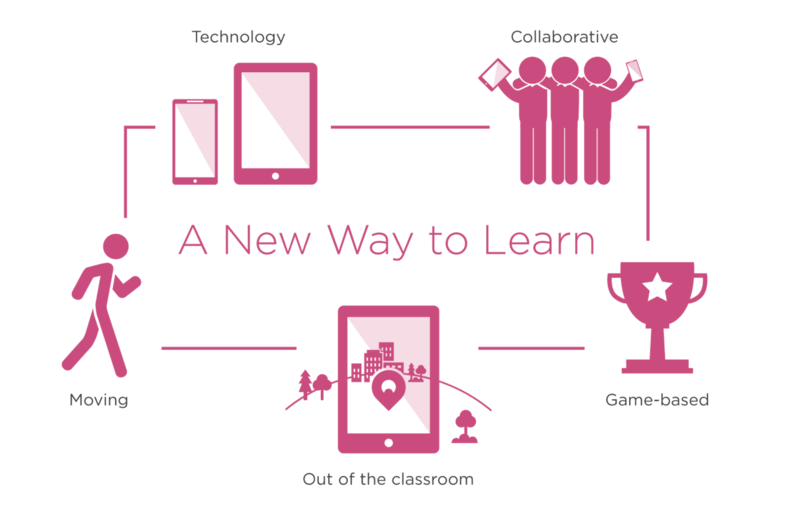Creating, maintaining and enhancing learning motivation in schools has become a growing challenge because the world around us offers increasingly exciting and motivating stimuli for children.
Schools have to keep up and make education exciting and relatable to the students' lives. There is a great need for ways to make learning fun in a pedagogically meaningful way.
Seppo, the gamification platform, has been procured for all Helsinki City Schools, from primary school to vocational institutes.
The Seppo platform motivates students to learn by transforming their school assignments into a game. Seppo games are a good way to learn, as they develop group work skills, media literacy, critical thinking, and digital storytelling.
The teacher can set the game in or out of the classroom: in class, the schoolyard, in the city centre or even a museum. The students solve the tasks with mobile devices and the teacher gives them instant feedback.
The teacher can communicate with the students using Seppo and follow them on a map using GPS. The game can be set so that it requires moving to a certain area or in a certain task. By doing so, Seppo motivates students to be physically active in any subject. Seppo increases physical wellbeing but there is evidence it can be good for wellbeing on the whole: gamification through Seppo has benefitted getting NEET youth back on board with school.
The idea for Seppo was born when high school history teacher Riku Alkio was visiting Rome on a field trip with his students. The students created "Amazing Race Church Edition" which took them to churches all around Rome. The game made students so enthusiastic that they raced each other from church to church. When the students were given time off, instead of shopping and visiting cafés the students headed back to the churches - to learn more.
Never before had Riku seen students so excited about studying. The experience convinced him that it is a great idea to use games to support teaching.






